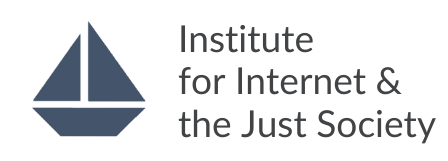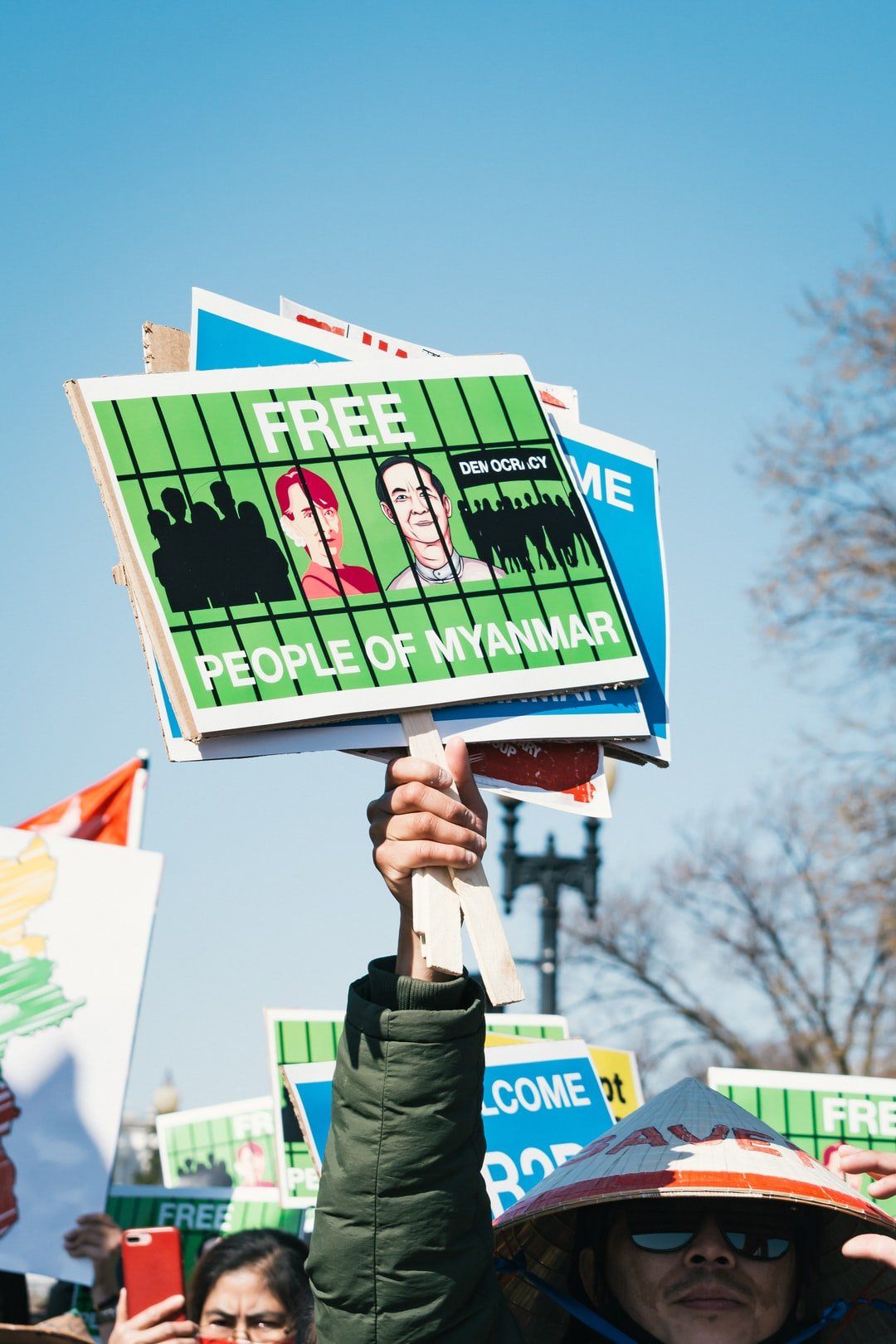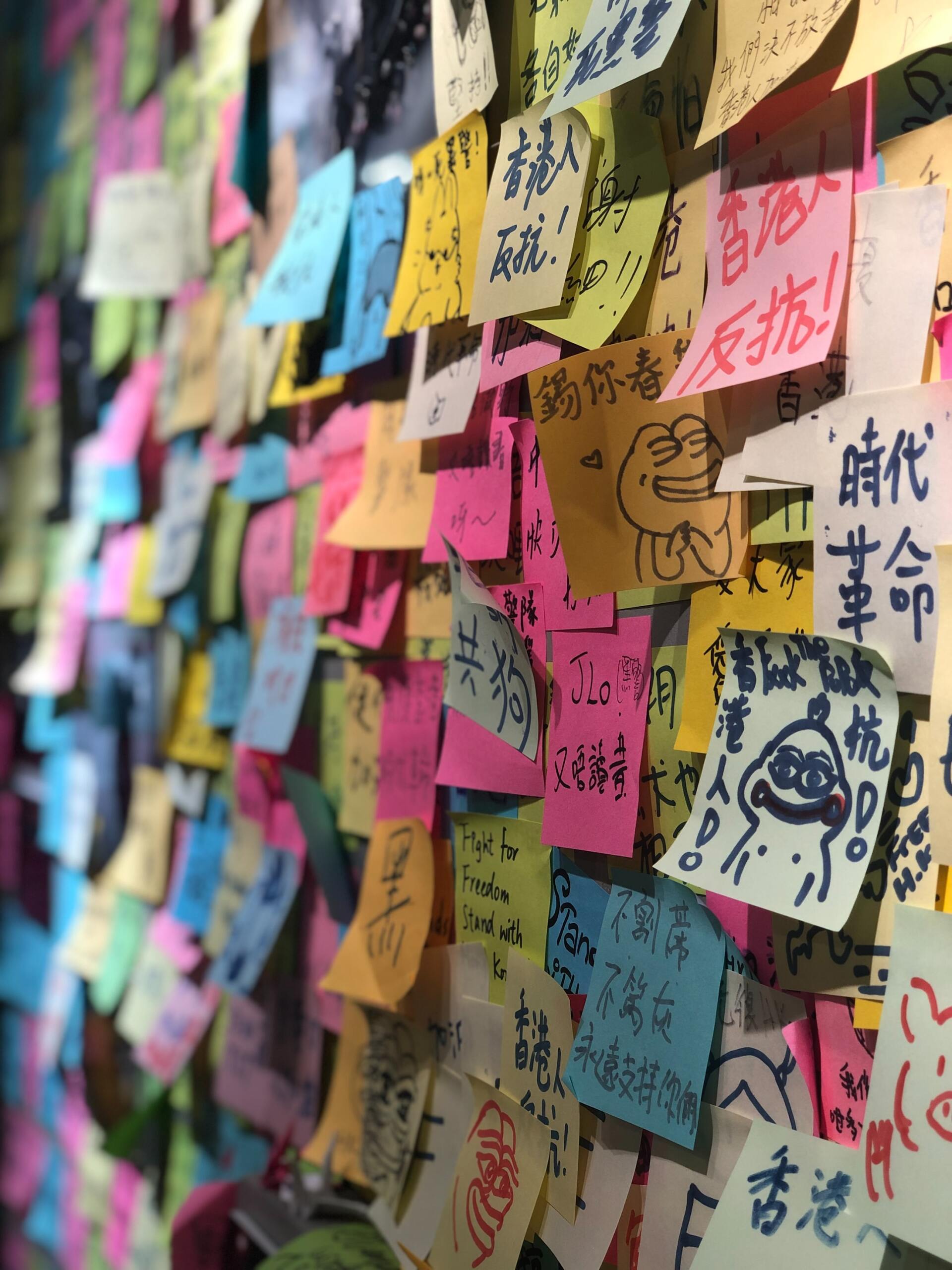DIGITAL ACTIVISM
Hashtags and Viruses - How organizing spreads globally
By Margherita Massarenti
August 30, 2020
Artifacts Have Politics. Digital Activism Does Too.
Contrary to the belief, that spreaded at the beginning of the Internet era, according to which the World Wide Web was destined to become a democratizing tool, granting equal access, knowledge and opportunities to everyone, researchers and activists have acknowledged what Langdon Winner suggested in 1980: artifacts have politics.
That is to say, as the result of human design and production, just like other forms of technology, ICTs are likely to reproduce biases, injustices and power dynamics that characterize offline societies. Among other things, studies have shown that digital inequalities are layered at multiple, intertwined levels - access, participation, production, real life outcomes (Shaw and Hargittai, 2018; Van Deursen and Helsper, 2015). In different ways, this applies to every field and function they are used for.
Specifically in respects to social media activism, research has pointed out that the lower costs of engagement typically associated with it, often lead to a lack of real impact, while also not always being low for everyone (Bimber, Flanagin, Stohl, 2005; Schradie 2018 a, b). If the viral spreading mechanism has allowed for what Bimber called ‘accelerated pluralism’ - higher numbers of people can participate with just a click -, critiques rightfully problematize the failure of such movements and their supporters to engage in effective political action beyond their online activity (Bimber, 1998, Gladwell, 2010).
However, if the romanticization of cyberspace as a place of freedom and democracy fails to identify hierarchies of power and forms of control and exclusion that are exercised through digital tools, their importance for the articulation of the political struggles of oppressed and marginalized groups in more or less authoritarian contexts, cannot be overlooked (Sassen, 2011; Rasch; 2012). These same groups are those whose socioeconomic condition makes their use of ICTs for political advocacy and organizing more costly, difficult and risky (Schradie, 2018). As a consequence, it needs to rely on more structured organization and relationships, able to pool such risks into collective strategies for timely solutions.
How can the 2020 pandemic inform our understanding of the phenomenon?
As Covid-19 spreads around the world, communities are being forced to re-adapt individual and collective life, and to move a big part of it online. In a time of widening inequalities and further exposure to safety and social risks, lockdown and health measures make it harder for offline collective action to happen. Paired with the urgency of the needs of precarious groups, such constraints encouraged creativity and digital-intensive solutions. They also recreated a peculiar environment to investigate the role of the digital for political strategies and democratic outcomes.
Here is how I researched the issue with an analysis of the 2020 Rent Strike movement started from the US in response to the Covid outbreak.
Rent Strike 2020: individual constraints and collective opportunities in the Covid crisis.
The 2020 Rent Strike movement represents a useful case study to observe how the interaction of class inequalities and digital divides shapes the organizational structure of online collective action. The issue is particularly relevant as it comes to a movement that requires timely, specifically localized solutions, and a deep and tight coordination between strikers to actually have them protected from evictions and other legal consequences. With nearly 10 millions of Americans filing for unemployment already in the first weeks of March, a widespread call for rent freeze or postponement, moratorium and bans on evictions was gathered and conveyed on Twitter with hashtags and dedicated websites (Bahney, 2020).
My research was based on the methodological combination of institutional data, social network analysis and content analysis of users’ profiles. The sample was obtained by downloading social media data relative to the hashtag #RentStrike and resulted in 436 tweets, posted between April 25, 8.12 PM and April 26, 2.39 PM Paris Time. Social network analysis allowed us to understand the structure and main actors of the movement on Twitter. Those main actors were then categorized as central figures, gatekeepers or highly visible tweeters according to the extent to which they were found to be vectors of organizing, information or both. The study of the main accounts then provided information about their individual or organizational character, political colour and affiliation to offline civil society groups.
The graph resulting from the social network analysis layout highlighted a dense group of users at the core of the network, characterized by a tight web of interactions between mainly individual accounts. Leader-less and structure-less, this cluster can be considered to account for Bimber’s accelerated pluralism, created by the viral retweeting and resharing of the hashtag. These forms of ‘clicktivism’ are likely to be the main social media activities of highly visible tweeters and the general mass of users: while they do an important work of hashtag dissemination and visibilization in the online political conversation, they seem to have a less direct contact with the actual planning of the rent strike.
This instead, was found to be taken care of rather by peripheral groups in the network, who have less visibility but tighter and more structured clusters. Despite being marginal, such smaller clusters present clearly identifiable central figures that also qualify among the key elements of the entire network. By matching these findings with the content analysis, what emerges from the observation of the profiles is that most of them are the ‘institutional’ accounts of either associations, organizations, mutual aid or activism groups. The majority of them presents a strong ideological background recalling typical leftist narratives - the black and red colors, the fist symbol, statements on values of equality, class struggle, anti-capitalism and anti-fascism. Finally, most of these accounts show affiliations to offline local groups whose purposes they serve through online activities of coordination and resource sharing. Such coordination seems to happen most often at the state and city-level, and to involve working class, black and overall vulnerable communities.
Local Fights, Global Narratives
The importance of these actors is even more evident when we consider the geographical spreading of the movement across the globe. In fact, a certain, still moderate level of transnationalization emerged, particularly involving the anglophone world and Southern Europe. Most online campaigns seemed to be conducted by local groups operating on the territory and benefiting from global networks of organizing to build their own narratives, strategies and legitimacy.
Moreover, mapping and combining Twitter data on the #RentStrike hashtag, allowed to unfold the multiple, interwoven digital venues beyond Twitter, through which the movement developed and grew. This includes websites and strike trackers that give access to interactive maps or lists of initiatives. This was the case of @igd_news, the Twitter account of It’s Going Down, a well-established platform for mutual aid and anarchist organizing across the US. Examples like this suggest that a deep interconnection exists across small groups and organizations involved in the initiative. Despite the challenges posed by the global situation and beyond the actual success of the strikes, this tells us the important work of activists to create networks of solidarity and support across worse-off communities, and to build online tools that made them visible to the other struggling populations.
Internet as a common: reclaiming the digital space
Our findings, together with literature on class and digital divides, point out that individualization might not always be the case, as class opportunities and constraints require shaping networks of social media activism differently (Bennet and Segerberg, 2012, Schradie, 2018 a,b). The Rent strike 2020 experience tells us that, contrary to what is thought of social media activism - that weaker ties and a less defined political color allow for a larger spreading of the cause -, a clearer framing is necessary when anti-system politics, timely solutions and socio-economic justice are advocated for.
The Internet can be understood as a Common: in Harvey’s definition, a space that has been transformed by social processes of production into a collective good (2012). If the physical space of the city for example, is understood as the urban common where offline struggles are fought for, Harvey applies the concept to the Internet, too, to highlight its character of knowledge-based common (Harvey, 2012). In this way, it reframes our understanding of cyberspace so as to recognize the cases in which online social movements are able to produce community and resources out of disadvantage.
In Saskia Sassen’s own expression, both the physical and virtual arenas of mobilization can be considered to contribute to the ‘enabling of the powerless’: they create an environment for the pooling of tensions and resources that makes social issues shift from being individual to being shared, collectivized and, finally, organized into movements for reappropriation of power against injustice. In this sense, the intertwined challenges, sharper class conflict and higher urgency created by the pandemic are likely to continue to offer us insights on combinations of online and offline linkages, and on the political dimension of such struggles.
References
Bimber B., (1998). The Internet and Political Transformation: Populism, Community, and Accelerated Pluralism. Polity, 31:1, pp 133-160.
Bimber B., Flanagin A. J. & Stohl C., (2005). Reconceptualizing Collective Action. Communication Theory, 15 : 4, pp 365–388.
Harvey D., (2012). Rebel Cities: from the right to the city to urban revolution. Verso.
Rasch C. C., (2012). Unveiling the Revolutionaries: Cyberactivism and Women’s role in the Arab Spring. Rice University.
Sassen S. ,(2011). The Global Street: Making the Political. Globalizations, 8:5, 573-579.
Shaw, A. & Hargittai, E. (2018). The Pipeline of Online Participation Inequalities: The Case of Wikipedia Editing. Journal of Communication 68: March 2018, pp. 143–68.
Schradie J., (2018a). The Digital Activism Gap: How Class and Costs Shape Online Collective Action. Social Problems. 65: 1, pp 51–74.
Schradie J., (2018b). Moral Monday Is More Than a Hashtag: The Strong Ties of Social Movement Emergence in the Digital Era. Social Media and Society 4:1.
Van Deursen, A. J. A. M. & Helsper El. J., (2015). The Third-Level Digital Divide: Who Benefits Most from Being Online? Communication and Information Technologies Annual, Digital Distinctions and Inequalities, ed. Laura Robinson et al. London: Emerald Group, 2015, 10, pp. 29–53.
Winner L., (1980). Do Artifacts Have Politics. MIT Press.
Read More


Watch Our Episodes





